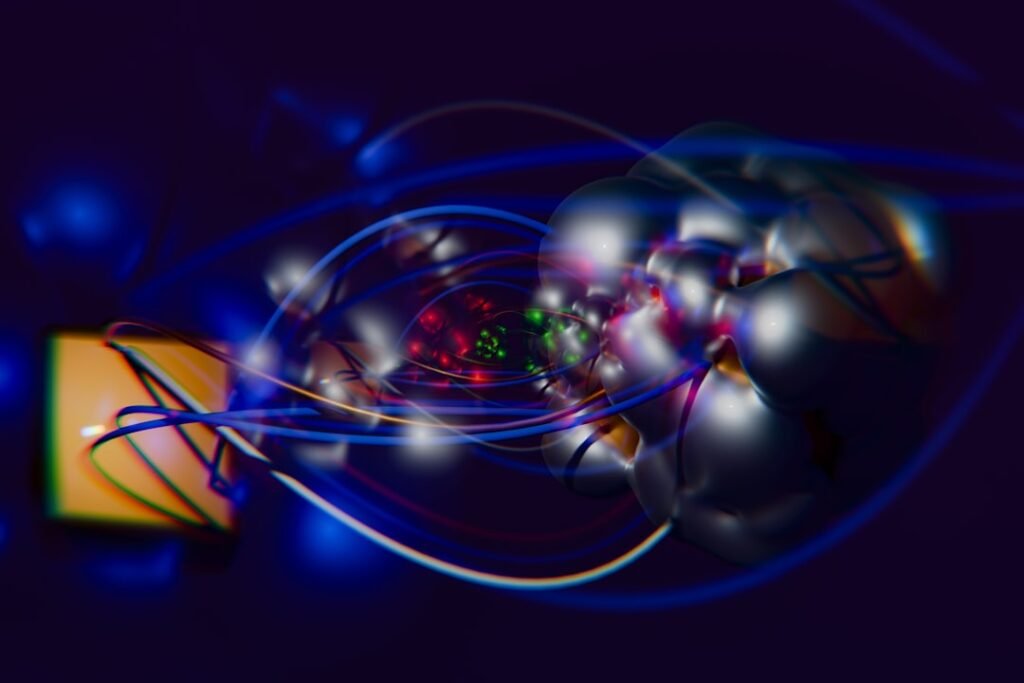Imagine stretching your neck two stories high just to grab a snack, and then dipping your head to drink without blacking out. For giraffes, this is daily life. It’s almost magical—these gentle giants wander the savannah with heads bobbing atop necks longer than most grown men are tall, yet they never seem to wobble, sway, or faint. But here’s the kicker: if humans had to operate under the same conditions, we’d be out cold in seconds. So, what’s their secret? Let’s dive into the wild, wondrous world of the giraffe’s circulatory system—a marvel of nature that keeps them upright and thriving against gravity’s relentless pull.
The Towering Challenge of Being a Giraffe

Standing up to 18 feet tall, giraffes face challenges that most animals never even dream of. Gravity constantly tugs at every drop of blood in their bodies, threatening to pull it away from their brains whenever they lift their heads. For a giraffe, simply bending down for a drink is a risky maneuver, one that could mean life or death if their body wasn’t built to handle such extremes. The height difference between their heart and brain creates a daunting physical gap that the circulatory system must conquer every second of every day. To stay conscious and alert, giraffes need a system that not only pushes blood up but also prevents dangerous pressure spikes.
Meet the Mighty Giraffe Heart
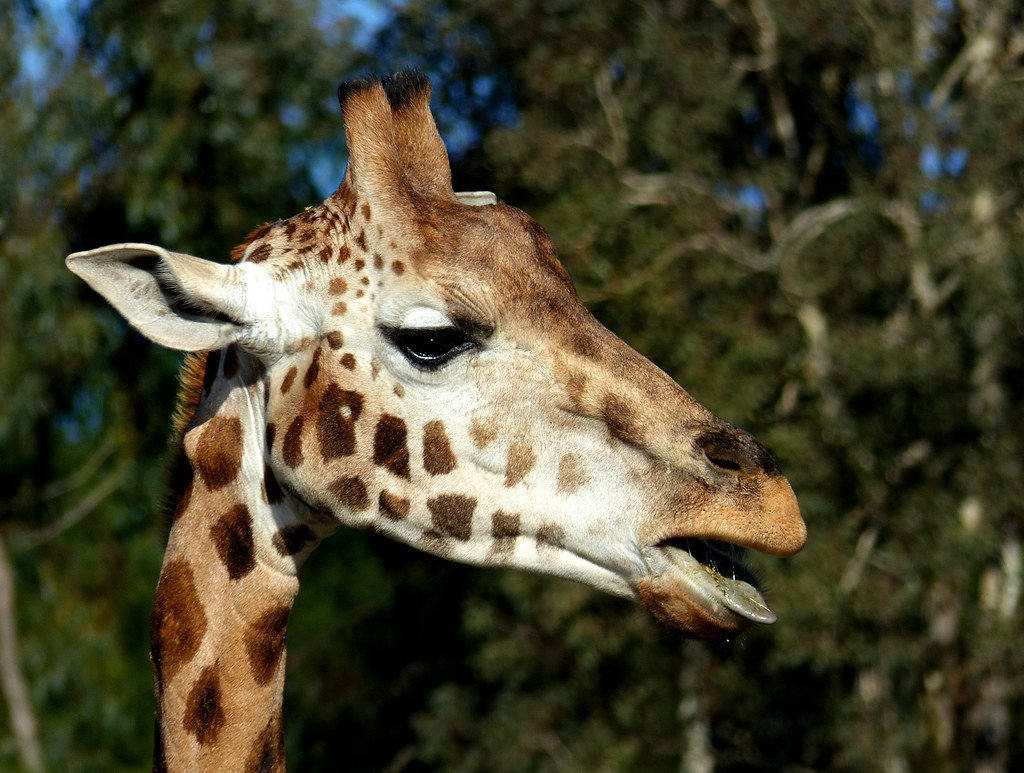
The giraffe’s heart is a true powerhouse—imagine an organ weighing up to 25 pounds and beating with the force needed to push blood nearly 10 feet upward. This heart isn’t just big; it’s built like a bodybuilder, with thick muscular walls about 2.5 inches thick. Each beat sends blood surging upward against gravity with an astonishing pressure, often double that of a healthy human adult. This isn’t just biology—it’s brute strength, fine-tuned by millions of years of evolution.
Blood Pressure Like Nowhere Else

If you measured the blood pressure of a giraffe, you’d be shocked. Their systolic blood pressure—the peak pressure during each heartbeat—can reach up to 280/180 mmHg, which would send a human straight to the emergency room. Yet, for giraffes, that’s just another day. This sky-high blood pressure is exactly what’s needed to drive blood up their impossibly long necks. It’s a delicate balance: too little, and the brain starves; too much, and vessels could burst.
The Trick of Tight Skin and Specialized Veins

To keep all this pressure from bursting their blood vessels, giraffes have another trick up their sleeve: incredibly tight skin, especially on their legs. This acts almost like an athlete’s compression sock, preventing blood from pooling in their lower limbs. Their veins are also uniquely adapted, with thick walls and special valves that stop blood from flowing backward. This one-two punch keeps their circulation steady, whether they’re nibbling treetops or drinking from a pond.
Rete Mirabile: The Brain’s Safety Net

One of the weirdest and most wonderful features in a giraffe’s head is the rete mirabile, or “wonderful net.” This dense network of small blood vessels acts like a buffer, slowing down the rush of blood before it reaches the brain. When a giraffe suddenly lowers its head, the rete mirabile absorbs the pressure surge, preventing a dangerous spike that could cause fainting or worse. Think of it as a shock absorber for the brain, cushioning every sudden movement.
Flexible Arteries Built for Action

The main arteries in a giraffe’s neck are far from ordinary. They’re not rigid pipes—they’re elastic, able to stretch and contract as needed. When the giraffe lifts its head, these arteries expand, allowing more blood to reach the brain. When the head drops, they contract, slowing the flow and preventing a sudden rush. It’s a perfectly tuned system, responding instantly to every movement and keeping the giraffe on its feet.
Valves: Nature’s One-Way Doors

Inside the giraffe’s neck veins are a series of valves that work like little gates, snapping shut to prevent backflow. These valves are absolutely vital when the giraffe lowers its head, stopping blood from flooding the brain and causing a blackout. Without these one-way doors, every drink from a river could end in disaster. It’s a simple solution, but it’s one that makes all the difference.
How Giraffes Avoid Swelling in Their Legs

Gravity doesn’t just threaten a giraffe’s brain—it also tries to pool blood in their long legs. But giraffes are ready for this, too. Their lower legs are wrapped in extra-tight skin and have a unique fascia, a tough, bandage-like tissue that gives added support. This design prevents excess fluid from building up, keeping their legs slim and strong even after hours of standing or running.
Drinking Without Dizziness

Watching a giraffe drink is a lesson in grace and danger. They splay their legs wide, bend down awkwardly, and take long gulps. In that vulnerable moment, their head drops below their heart, and blood pressure shifts dramatically. Thanks to the rete mirabile, flexible arteries, and those all-important valves, the giraffe doesn’t faint. Instead, it drinks calmly while keeping a sharp eye out for predators—never losing its cool.
Rapid Recovery After Head Movements

When a giraffe lifts its head quickly, say after drinking or scanning for danger, the sudden change could leave it woozy. But the circulatory system is ready. The elastic arteries and rete mirabile adjust blood flow instantly, making sure the brain gets just enough blood—never too much or too little. This rapid recovery allows giraffes to react quickly to threats, an essential survival skill.
Evolution’s Ingenious Blueprint

The giraffe’s circulatory system didn’t appear overnight. It’s the product of millions of years of natural selection, each adaptation building on the last. Only the giraffes with the best blood pressure control survived to pass on their genes. Over countless generations, these small tweaks added up to a design that’s nothing short of breathtaking. It’s evolution’s version of a high-tech skyscraper elevator—strong, reliable, and perfectly suited to the job.
Comparing Giraffes to Other Tall Animals
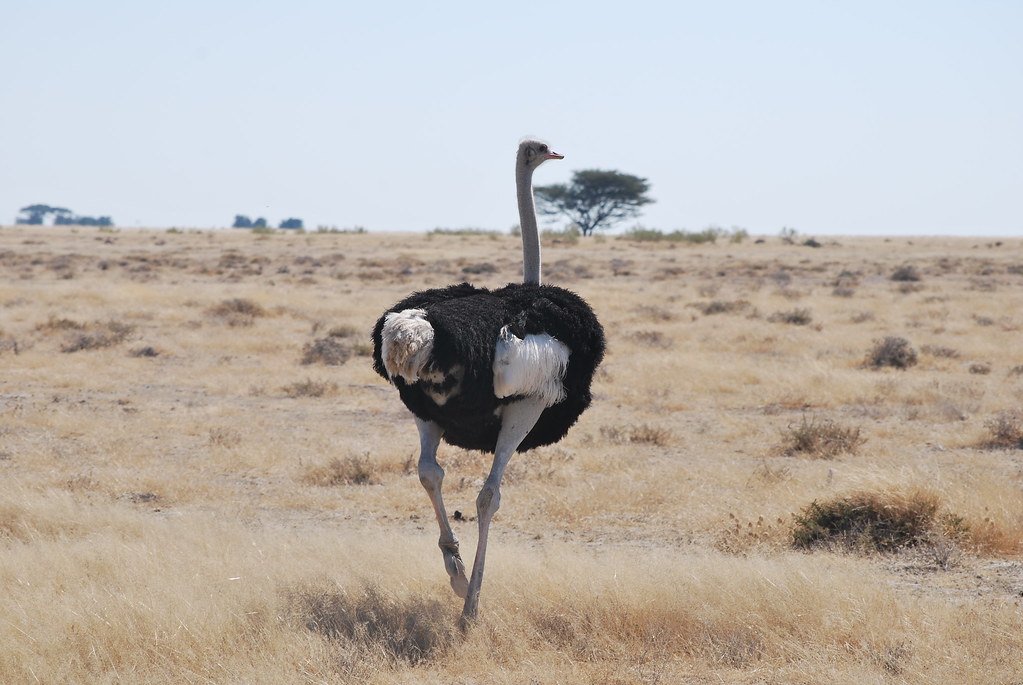
No other land animal faces quite the same challenges as the giraffe. Elephants are big, but their necks are short, so their blood doesn’t have to travel nearly as far. Ostriches have long necks, too, but nowhere near the height or the pressure demands of a giraffe. Even among tall creatures, the giraffe’s circulatory system stands alone—a true outlier in the animal kingdom.
The Cost of Such High Blood Pressure
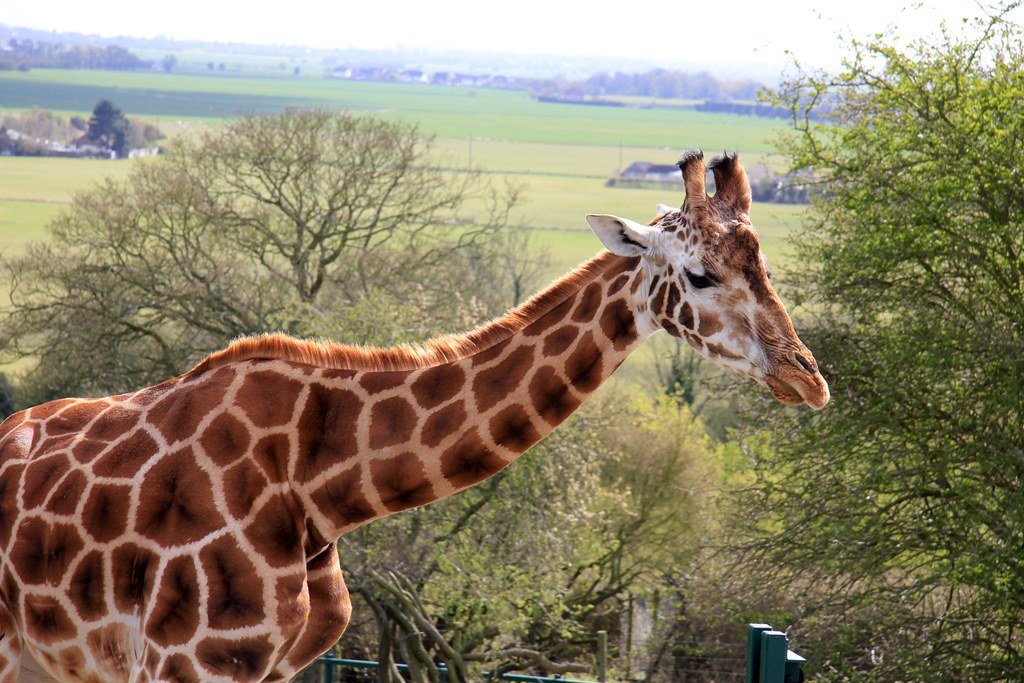
You might think there’s a downside to all this pressure, and you’d be right. For giraffes, high blood pressure means their hearts and blood vessels work incredibly hard for a lifetime. If a human had such pressure, we’d expect heart and kidney problems. But giraffes seem to have evolved protective measures, though scientists are still studying how they avoid the wear and tear that plagues other animals with high blood pressure.
Young Giraffes: Born for the Challenge
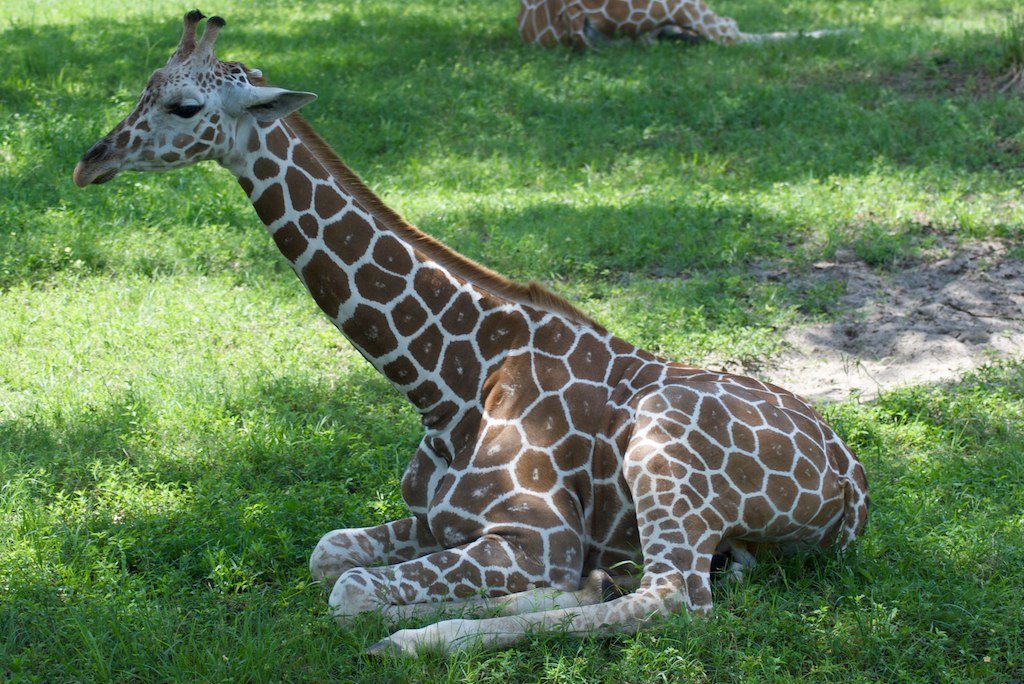
Even baby giraffes, called calves, are born ready for gravity’s challenge. Within hours of birth, they’re already on their feet, their little hearts pumping hard to reach their brains. The same special adaptations—tight skin, strong hearts, and clever valves—are already in place. It’s a testament to how crucial these features are from the very start of life.
Clues for Human Medicine

Scientists are fascinated by the giraffe’s circulatory system, and for good reason. If we could unlock their secrets, we might develop better treatments for high blood pressure, fainting, or even prevent blood clots in bedridden patients. Medical researchers are studying giraffe genes and anatomy, hoping to borrow a few tricks from these gentle giants. Sometimes, looking up to nature’s tallest creatures gives us the best ideas.
A Living Reminder of Nature’s Ingenuity

Giraffes are more than just icons of the savannah—they’re living, breathing reminders of evolution’s power to solve even the wildest engineering problems. Their strange, marvelous circulatory system isn’t just a quirk—it’s a survival strategy, honed over millennia. Next time you see a giraffe, remember: every graceful step and towering glance is made possible by a body that never lets gravity win.


